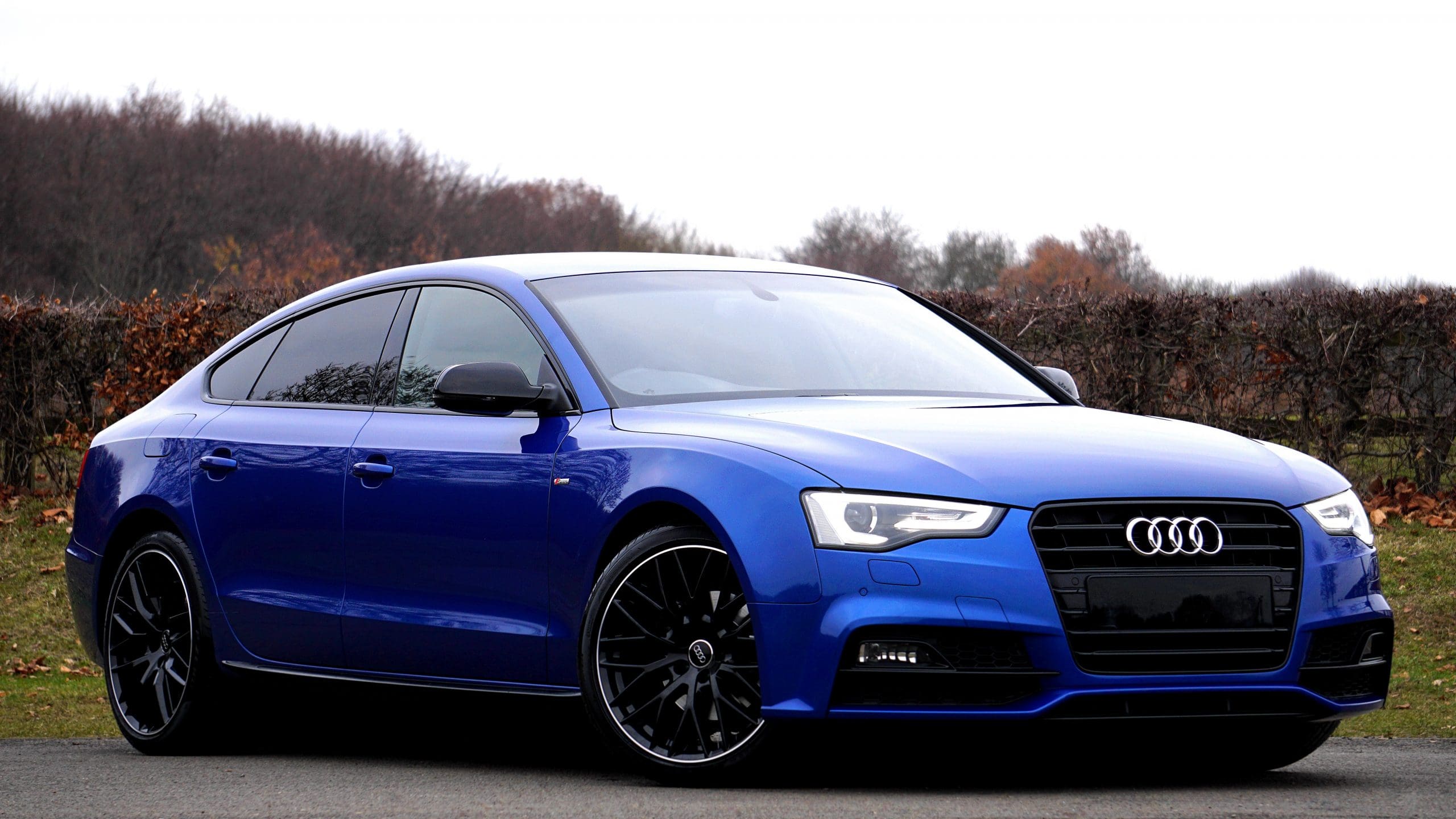Picture this scenario. You have got your eyes on a brand new SUV, which you think would be perfect for your transportation needs. You want to make a 20% down payment and get a five-year loan, but the payments do not fit into your monthly budget.
So, you decide to get a seven-year loan instead, which requires you to pay the same amount of down payment, but the monthly payments are much lower. Sounds like a pretty reasonable deal, right? Except that it is not!
Getting a seven-year car loan is probably one of the worst financial mistakes you can make in your life. It can push you into a cycle of negative equity, which you might find it hard to break out of.
Why People Choose Seven-Year Loans
One of the main reasons why so many people these days choose to get a seven-year auto loan is that the monthly payments tend to be considerably lower compared to a five-year loan.
Personal income growth rate in the US has been sluggish over the past decade or so (though Americans are doing better and have been since 2017), but the prices of automobiles have gone up sharply during the same time period. Data also shows that close to 30% of Americans do not have any savings whatsoever and are living paycheck to paycheck even in this sunny economy.
So, people are finding it harder and harder to fit in their mortgage payments and car loan payments into their monthly budget. As a result, people are not only seeking bigger loans, but are also opting for longer terms, just so they can afford the monthly payments.
Seven-year car loans are particularly preferred by people with a below-than-average credit score, who are unlikely to qualify for a low interest rate. A higher rate of interest means higher monthly payments, which many people – especially those from low-income households – might not be able to afford. So, they try to extend the loan term as much as possible in order to lower the monthly payments.
Simply put, a seven-year loan allows you to buy a car which you otherwise might not be able to afford. The extension of the loan term, however, comes at a heavy price.
Why Getting a Seven-Year Loan is a Bad Idea
There are several reasons why you should think twice before getting a seven-year car loan.
It Costs You More
Let’s assume you sign up for a five-year, $30,000 auto loan at 6% interest (an interest rate that’s not that high). In this case, you are likely to pay around $580 per month and $34,800 over a period of five years.
Now, if you stretch the loan term into seven years, the monthly payment comes down to $439, but you will pay a total of $36,876 over a period of seven years – a difference of $2,076.
If you compare the overall costs of a five-year and a seven-year loan with higher interest rates, the difference is likely to be even bigger.
It has a Higher Interest Rate
Seven-year auto loans typically have a higher interest rate compared to five-year loans. Data shows that the longer a loan’s term gets extended, the less likely it is to be repaid in full.
This is particularly true for borrowers from low-income households who do not have any kind of safety net to fall back on in the event of a medical or financial emergency. So, if they fall ill, get divorced, or lose their job, they might not be able to keep up with the monthly payments and as a result might default on their loan.
This is why lenders tend to charge a higher interest rate for seven-year loans, as it is the only way they can mitigate the risks associated with lending to high-risk consumers.
You Are Underwater for a Long Time
The term ‘underwater’ refers to a situation where the amount of money you owe your lender is more than what your car is worth. If you sign on the dotted line for a seven-year loan, you could go underwater almost immediately.
A new car tends to lose as much as 20% of its original value in the very first year and lose 10% of its value every year from then on. When you take out a seven-year loan, you tend to build equity on your car at a very slow pace. So, at any given point during the loan term, the amount of money you owe the lender is likely to be higher than what your car is worth.
Being underwater can be a big problem, especially if you are involved in an accident. If your car is damaged beyond repair in an accident, your insurance provider will only pay you what your car is worth.
Since you are underwater, the amount of money paid by the insurance provider might not be sufficient to repay your loan in full. In such a scenario, you will be left without car and you would still owe money to your lender.
The Cycle of Negative Equity
Negative equity is one of the biggest risks associated with seven-year auto loans. Let us assume that you want to sell your car in the sixth year of your loan. Since your car might only be worth 30% of its original value, you might owe money to your lender even after the trade-in.
If you are unable to pay the amount out of your own pocket, the lender will add it to your next loan. As a result, your loan amount gets bigger and your debt increases every time you get a new loan, pushing into a vicious cycle of negative equity.
The Cost of Repairs
One of the biggest disadvantages of getting a seven-year car loan is that the manufacturer’s warranty will expire before you pay off the loan. So, you will have to bear the costs associated with repairs and keep up with your monthly loan payments at the same time.
Avoiding the Trap of Seven-Year Loans
A seven-year car loan, as you can see, can trap you in a cycle of never-ending negative equity, which is something you need to avoid at all costs if you want to remain debt-free in the foreseeable future. So, make a large down payment and get a loan with the shortest term possible.
If you have already taken out a seven-year loan, consider refinancing it to shorten the term to the greatest extent possible.




